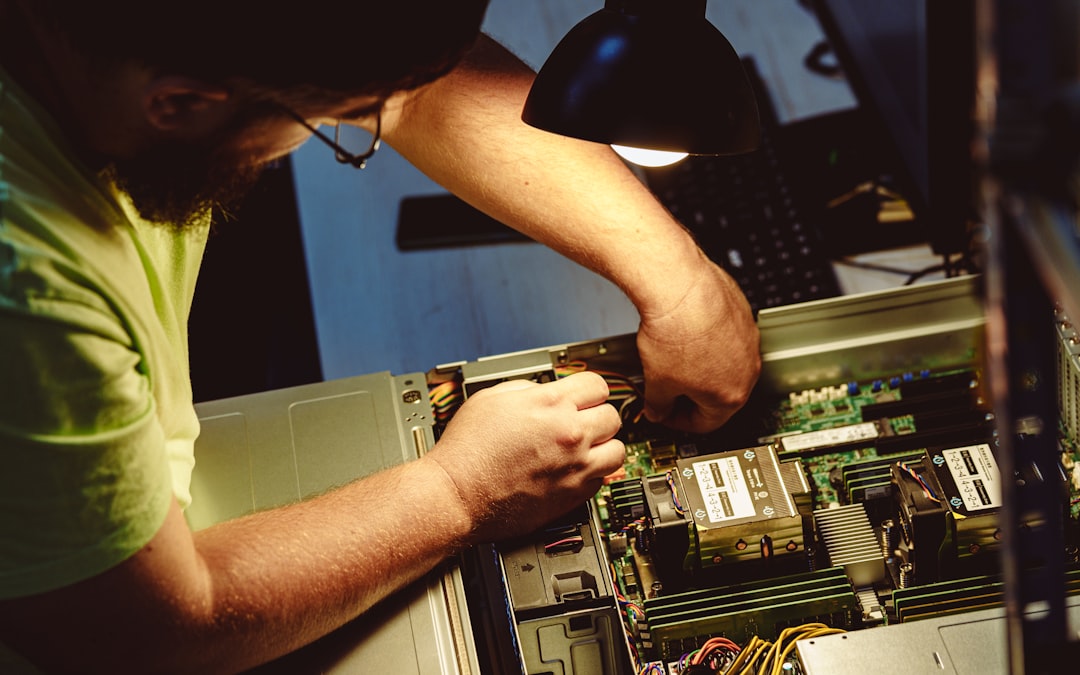If your Oculus Quest 2 controller suddenly stops working, it can bring your immersive VR experience to a screeching halt. Don’t worry—this is a common issue and usually easy to fix. Before you start panicking, there are several steps you can take to troubleshoot and get back in action. Whether it’s a connection issue, power problem, or software glitch, this guide will walk you through the most effective solutions.
1. Check the Batteries
It may sound simple, but dead or weak batteries are one of the most common reasons why Oculus Quest 2 controllers stop working. If your controller isn’t responding:
- Take out the current AA battery and replace it with a new one—preferably from a different brand to rule out battery-related issues.
- Ensure the battery is inserted correctly with the positive and negative ends aligned properly.
After replacing the battery, press any button on the controller. The LED light should blink to indicate it’s powered on.
2. Re-Pair the Controllers
If replacing the batteries doesn’t help, try re-pairing your controllers to the headset. Follow these steps:
- Open the Meta Quest mobile app on your smartphone.
- Tap on Devices and select your headset.
- Scroll down and choose Controllers then tap Pair New Controller.
- Select either Left or Right controller and follow on-screen instructions.
Re-pairing often resolves connection issues that arise due to firmware updates or pairing glitches.

3. Restart or Reset Your Headset
Sometimes the problem isn’t with the controller but with the headset itself. Try restarting the Oculus Quest 2:
- Hold down the Power button until the power menu appears.
- Select Restart and wait for the headset to reboot.
If a simple restart doesn’t help, you might need to perform a factory reset. Be warned—this will erase all data on the headset:
- Open the Meta Quest app on your phone.
- Select your headset, go to Advanced Settings and choose Factory Reset.
After resetting, set up your headset and controllers again. This can often fix stubborn issues caused by corrupted software.
4. Clean the Controllers
Dirt, dust, and grime can interfere with sensor functionality, especially around the tracking ring of the controllers. Use a soft, dry cloth to clean the surface. If necessary:
- Use a slightly damp cloth (no harsh chemicals!) to gently wipe.
- Compressed air can help remove particles from small crevices.

After cleaning, check to see if the buttons respond better. Sensors might work more reliably once they’re clear of debris.
5. Update Firmware
Outdated firmware can cause compatibility issues with your controllers. Make sure both your headset and the mobile app are up-to-date. To check for updates:
- Connect the headset to Wi-Fi.
- Put the headset on and go to Settings > System > Software Update.
If an update is available, install it and reboot your headset and controllers afterward. The latest firmware patches often fix lingering bugs and enhance performance.
6. Contact Oculus Support
If none of these methods resolve the issue, it may be time to reach out to official Meta Support. Your controller could have a hardware fault that needs professional attention or a replacement.
Final Thoughts
A malfunctioning Oculus Quest 2 controller can be frustrating, but in most cases, the problem is easily fixable. From replacing batteries and re-pairing devices to cleaning sensors and updating firmware, these simple troubleshooting steps can save your gaming session. Remember, taking a systematic and calm approach is key to identifying what’s really wrong.
By following the steps above, you’ll likely be back to swinging virtual lightsabers and exploring 3D worlds in no time.